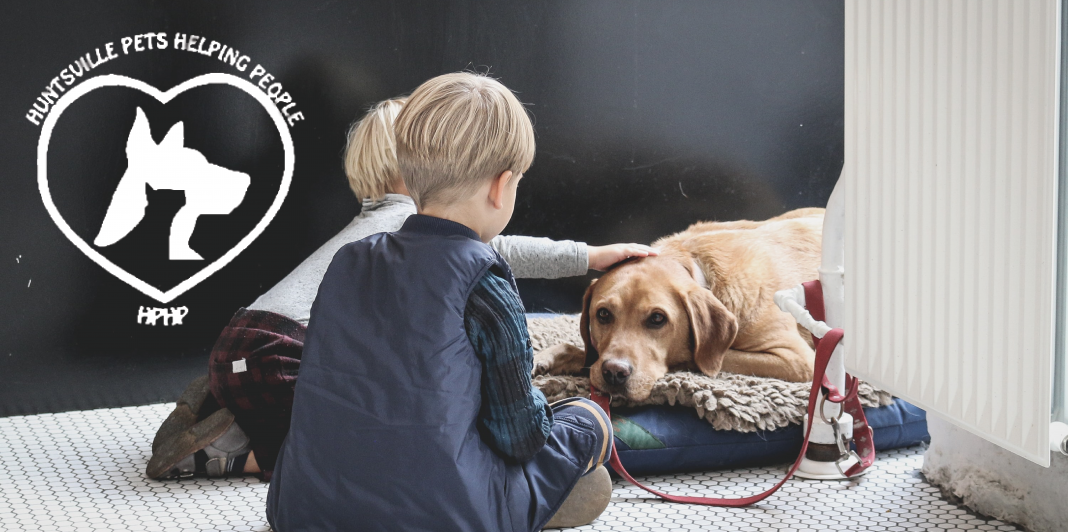When we bring home that adorable eight week old puppy or kitten, most of us do not think about their probable lifespan. They will grow up quickly. By the time they are a year old, they are already adults. A few years later, usually between four to six years old depending on their breed, they will be middle aged and they are seniors by the time they are seven or eight years old. Because of better quality food, improved veterinary care, and living with us as part of the family instead of just existing as backyard residents, pets are living longer. It is not unusual for dogs to live to be twelve, fourteen, or even sixteen years old and cats may live even longer.
Living with senior pets can be rewarding and challenging at the same time. Older pets can still enjoy life and offer years of love and comfort to their families. But there may be some challenges as well. The potential challenges include: arthritis, cancer, dementia, exercise changes, feeding concerns, reduced hearing, incontinence, mobility issues, reduced vision, and sleep issues.
Two senior animals live in my household. The oldest is a fifteen year old Manx cat. He still enjoys playing but now for shorter periods of time. Then it is nap time. He still like to climb to high places but now the high places are closer to the floor. He still jumps from one piece of furniture to another but he is more cautious and his jumps are shorter in length. The other senior household member is an eleven year old Australian Cattle Dog. She is still active and enjoys going on walks. Now, she wants more sleeps than in previous years. About 10 PM, she heads down the hall to the bedroom to get her beauty sleep. After she turned ten, she gave herself permission to go to bed before I do.
My pets move slower but they do not have the mobility issues common among older pets. If mobility issues are a concern, it is important to have senior pets evaluated by a veterinarian. They may have osteoarthritis or some other medical condition that may be responsive to treatment and reduce or eliminate any pain that they might experience. Some animals have difficulty getting up when lying on the floor, especially on a slick surface. They could benefit from having a slip resistant rug for increased traction. Other animals are helped by attaching vinyl caps to their nails to improve their gripping ability. I’ve even heard of people creating boots for their dogs using socks with traction strips or kid’s mittens with gripper dots. Some dogs may require more assistance getting up. The dog can benefit by their people utilizing a sling to help lift them.
For animals who are allowed on the furniture or who ride in vehicles, there may come a time when they need help reaching the couch, bed, or SUV. It could be time to get pet steps or a ramp to aid your pet’s mobility and to save wear and tear on your own back since you won’t have to lift them up to access those locations. Once steps or a ramp is in place it is important to teach your pet how to use them. Never assume that the pet will automatically know what to do. Most dogs will learn to use the equipment very quickly, especially if treats are involved.
Senior dogs still need exercise for their overall health but it adjustments may need to be made. They may need to walk at a slower pace or go on shorter walks. Seniors will continue to enjoy getting out of their own yard and checking out the variety of sights and smells in the neighborhood.
Another concern that often goes along with mobility issues is obesity. Overweight pets put extra stress on their joints that contributes to reduced mobility. Pets who lose weight suddenly are a concern as well. It is especially true for senior cats. A visit to a veterinarian is warranted to investigate possible causes of the weight loss which may include thyroid or kidney disease, diabetes or other possible health concerns. Speaking of food, it is probably time to re-evaluate your senior pet’s dietary needs. It is suggested that the topic be discussed with your veterinarian. In general, older pets need less food because they are less active and their metabolism has slowed. There are many good quality pet foods that are scientifically designed for a senior’s dietary needs. It may be necessary to try a couple brands to find one that your dog or cat really likes but that is a small price to pay for keeping your senior healthy and active as long as possible.
While you are at the veterinarian’s office discussing your pet’s weight, diet, and mobility issues, it would be a good time for a dental exam. Tarter build up is a common problem in order animals. Bad breath may be present and it could indicate other dental issues such as tooth decay, gum disease, or tooth loss. Untreated dental problems may lead to pain and other health concerns such as heart disease. One way to lessen the possibility of dental issues in pets is for people to brush their pet’s teeth on a frequent and regular basis using toothpaste designed for animals. Otherwise, the veterinarian will need to anesthetize your pet to clean their teeth or to repair other dental issues.
This article has touched on some of the health concerns of older animals such as mobility issues, changes in exercise and sleep, weight and dietary changes, and possible dental concerns. Next month’s article will continue with other issues that senior pets may face including, hearing and vision loss, incontinence, and dementia and some tips for managing them.
















